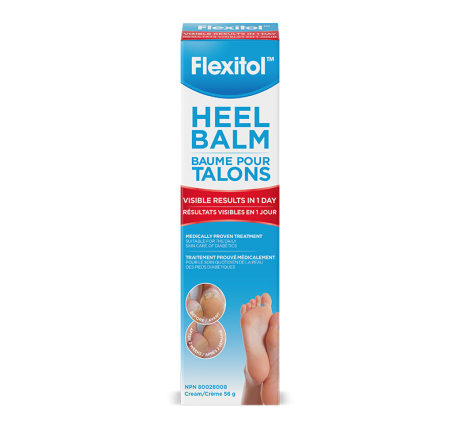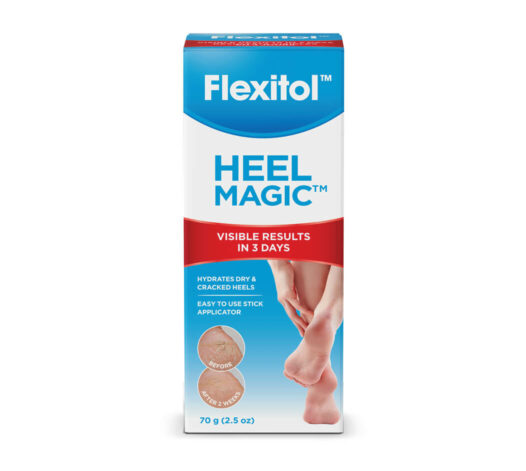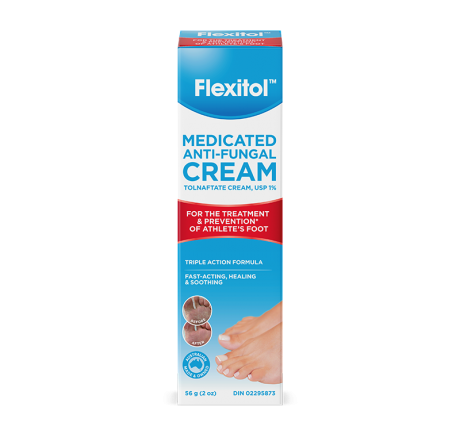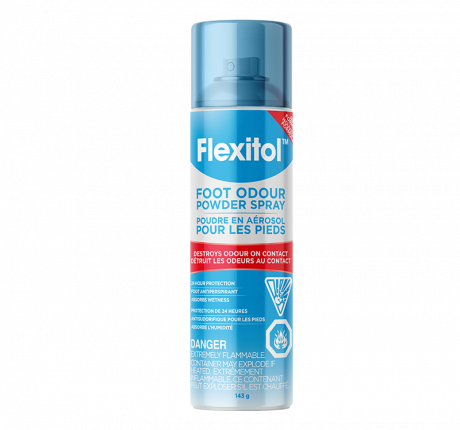The Link Between Diabetes and Nail Fungus What You Need to Know

Area
Daily UseKey Takeaways:
- High blood sugar in diabetics can create an environment where fungal infections thrive.
- Diabetics often have weakened immunity and poor circulation, increasing the risk of infection.
- Managing diabetes and nail fungus often involves topical or oral antifungals, and in some cases, surgical or laser treatment.
- Maintain stable blood sugar levels and practice daily foot care to reduce the risk of nail infections in diabetics.
Managing diabetes can be challenging, but it is possible. This complex condition requires ongoing attention and treatment, and forgetting foot care can be a common mistake. But fluctuating blood sugar levels often create an environment where fungus can thrive and put nails at risk. In this guide, our dermatologists investigate the often-overlooked relationship between diabetes and nail fungus, sharing actionable strategies and effective treatments to add to your daily care routine today.
Why are Diabetics Susceptible to Nail Infections?
People with diabetes are generally more susceptible to nail infections due to the complex way in which the disease affects the body. Here’s why:
- Weakened Immune System: Diabetes can impair the body’s ability to fight off infections, including fungal infections of the nails.
- Poor Circulation: Reduced blood flow, a common complication of diabetes, limits the delivery of immune cells and nutrients to the feet and toes, hindering the body’s ability to combat infections.
- Peripheral Neuropathy: Nerve damage (neuropathy) can cause a loss of sensation in the feet, making it easy to miss minor injuries that can become entry points for infection.
- Elevated Blood Sugar Levels: High glucose levels create a favorable environment for fungal growth, as fungi thrive on sugar.
Common Signs of Nail Infections in Diabetics
If you or a loved one suffers from diabetes and nail fungus, it’s essential to understand these common signs and symptoms and how to spot them.
| Symptom | Description |
| Discoloration | Yellow, brown, white, green, or black nails |
| Thickening | Nail becomes abnormally thick |
| Brittleness/Crumbling | Nail easily breaks or crumbles |
| Nail separation (onycholysis) | Nail lifts away from the nail bed |
| Swelling/redness/pain | Around nail fold or cuticle |
| Pus/discharge | Yellow or green pus under/around nail |
| Abnormal growth | Ridges, waves, distortion |
| Odor | Foul smell under the nail |
| Pain/difficulty walking | Especially with thickened or sharp nails |
Why Acting Fast is So Important (and the Dangers of Delaying Treatment)
Delaying treatment increases the risk of the infection spreading to other nails and the surrounding skin, and makes secondary bacterial infections, foot ulcers, and severe pain much more likely. In the worst cases, untreated infections can lead to tissue death and even amputation. So, remember that early treatment is essential for this high-risk group to simplify the process and improve recovery.
How to Effectively Manage Nail Infections in Diabetics
We always recommend talking to a healthcare professional to determine the most appropriate treatment. Common strategies include topical or oral antifungal medications as well as antifungal paints and tablets. In some cases, surgical or laser treatment may be necessary. People with diabetes should be closely monitored during treatment for any signs of secondary infection or other complications. For more information on your treatment options, explore our guide, Nail Fungus: Paint or Tablets? Your Guide to Effective Treatment Options.
Remember the Importance of Blood Sugar Control
Did you know that high blood sugar creates an environment where fungi thrive? It can also weaken the immune system, making it harder for the body to fight off these infections. Plus, good blood sugar control can actually improve circulation and help immune cells reach the feet and nails more effectively. So, sticking to a diabetic management plan, including a healthy diet and exercise, can reduce the risk of nail fungus.
5 Diabetic Foot Care Tips You Need to Know
Incorporate these simple diabetic foot care tips into your daily routine to take proactive steps towards a healthier, happier lifestyle.
- Daily Foot Inspections: Check your feet every day for any cuts, blisters, redness, or swelling. Use a mirror to see the soles and pay close attention to areas between toes. Look for changes in skin temperature, which can signal inflammation or poor circulation.
- Gentle Cleansing: Wash your feet daily with lukewarm water and a mild, pH-balanced soap. Avoid harsh soaps, which can dry out the skin. Dry them thoroughly, especially between the toes, by patting gently rather than rubbing.
- Moisturise with Urea: Consider using a moisturiser containing urea to keep your skin soft and prevent cracking. A urea-based lotion can be particularly beneficial for diabetics with dry skin. Avoid applying lotion between your toes.
- Choose the Right Footwear: Wear clean, dry, seamless socks made of soft, breathable materials. Choose shoes with lots of room and good support. Rotate your shoes daily and inspect the insides for any rough areas.
- Professional Foot Care: See a healthcare professional regularly for foot exams, and discuss any concerns or changes in your feet, no matter how small.
Want more advice from our dermatologists on preventing nail fungus? Check out our article, Top Tips for Preventing Nail Fungus.
Find Peace of Mind and Clinically Proven Support with Flexitol
We’ve explored the connection between diabetes and nail fungus, and it’s clear that people with diabetes are more susceptible to these infections due to factors like impaired circulation, weakened immunity, and nerve damage. But proactive foot care, like daily inspection, gentle cleansing, and specialist treatment, can provide much-needed support.
Flexitol offers effective support for nail infections in diabetics. Flexitol Anti-Fungal Liquid clinically proven to treat topical fungal infections. This unique formula, fortified with Urea, Aloe, Vitamin E, Tea Tree, and Eucalyptus Oils, provides relief from itching, scaling, cracking, burning, and discomfort. Find it online or in-store today.
Incorporate Flexitol Anti-Fungal Liquid Nail Treatment into your foot care routine and take a proactive step towards healthier feet and peace of mind. For more information and guidance, we encourage you to explore The Complete Guide to Nail Fungus Treatment, and other helpful resources available on our Knowledge Hub.
References:



































